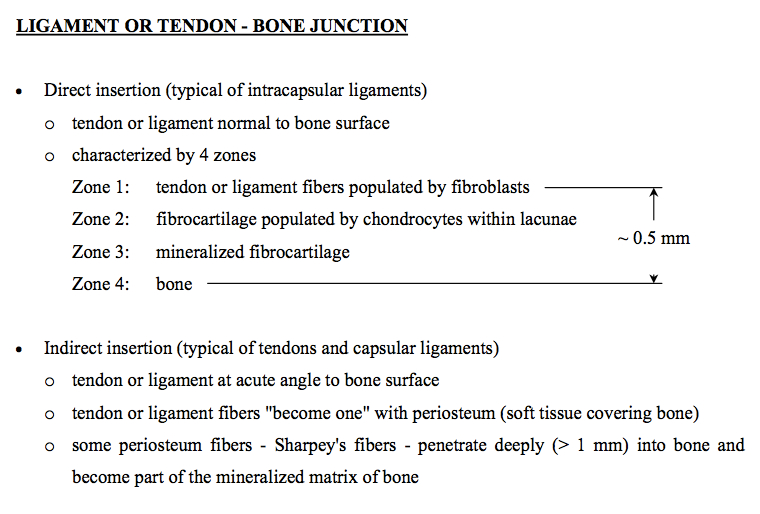Bones
Bones have abundant neurovasculature. Just consider their function, both metabolic and structural. It should be no surprise they are so well vascularized. Recent studies have shown the existence of transcortical blood vessels that richly supply the cortex and periosteum. The physiology of the nerves within bone is really no different than other nerves. Why couldn’t some cases of chronic bone pain be due to a lack of blood flow to affected nerves?
Osteoarthritis of the hips is often associated with pain, years and years of pain. Using our model we can explain some of these disabilities as follows. The articular cartilage is long gone and now the femoral head is subject to increased physical stress. Angiogenesis, neurogenesis and an increased extracellular matrix due to too high a concentration of proteoglycans now sets up in the subchondral bone. The blood supply to these new nerves is curtailed and the patient is left with a sore hip. If the practitioner can stretch the involved area perhaps a favourable fluid shift will take place, blood will return and the pain abate.
The bones do flex under mechanical force, albeit only a small amount. I believe this is enough to increase hydrostatic pressure during the treatment and cause the excess fluid to leave the area. Parts of the bone that can be affected are the periosteum, medulla and cortex.
Over one third of any chronic ‘soft tissue injury’ conditions will involve the bone. The cortex has a large blood supply with seventy-five percent of the nutrient artery blood going through the cortex and into the periosteum. Obviously a restricted blood supply will lead to many problems within the bone and at the entheses. Only a little edema in the cortex will increase the extracellular fluid pressure dramatically as bone is non compliant. MR imaging can’t see edema in the cortex of the bone (also not seen in the tendons ligaments, periosteum and entheses).
When bone is flexed the pressure within the cortex is elevated and fluid then moves away. This is how we test and treat conditions due to elevated tissue pressure within the cortex. Forces we introduce are torque, traction, and compression.
Some tendinosis and ligament problems may be helped by flexing bones. Remember the four transition zones where the tendon attaches to the bone.


